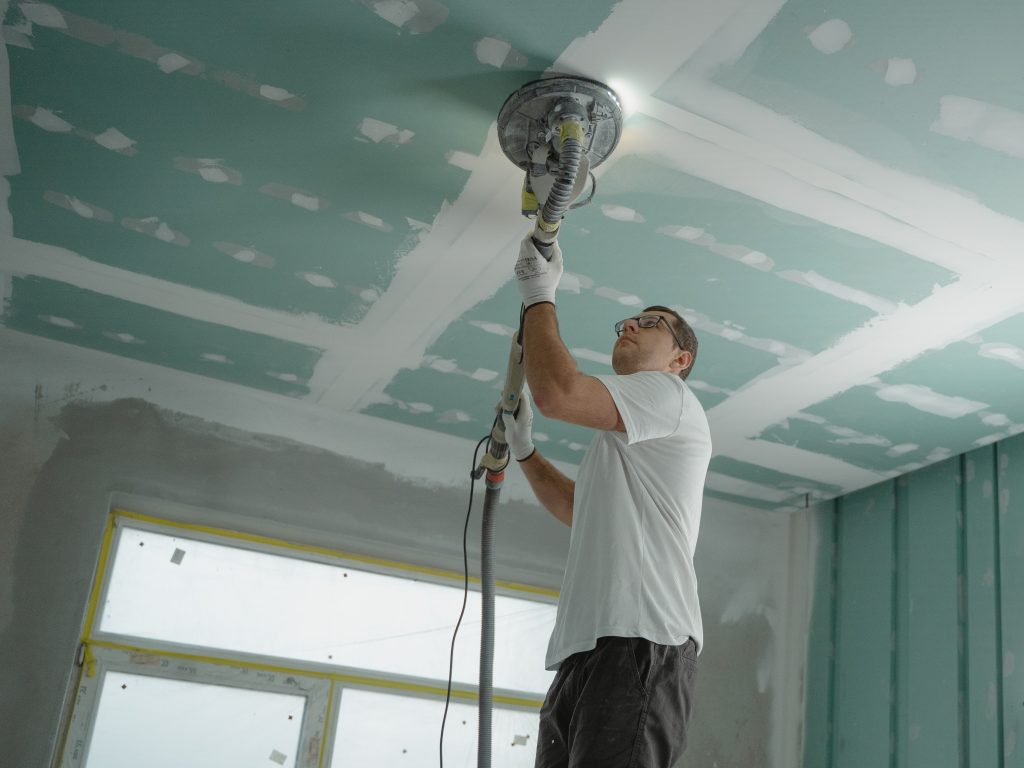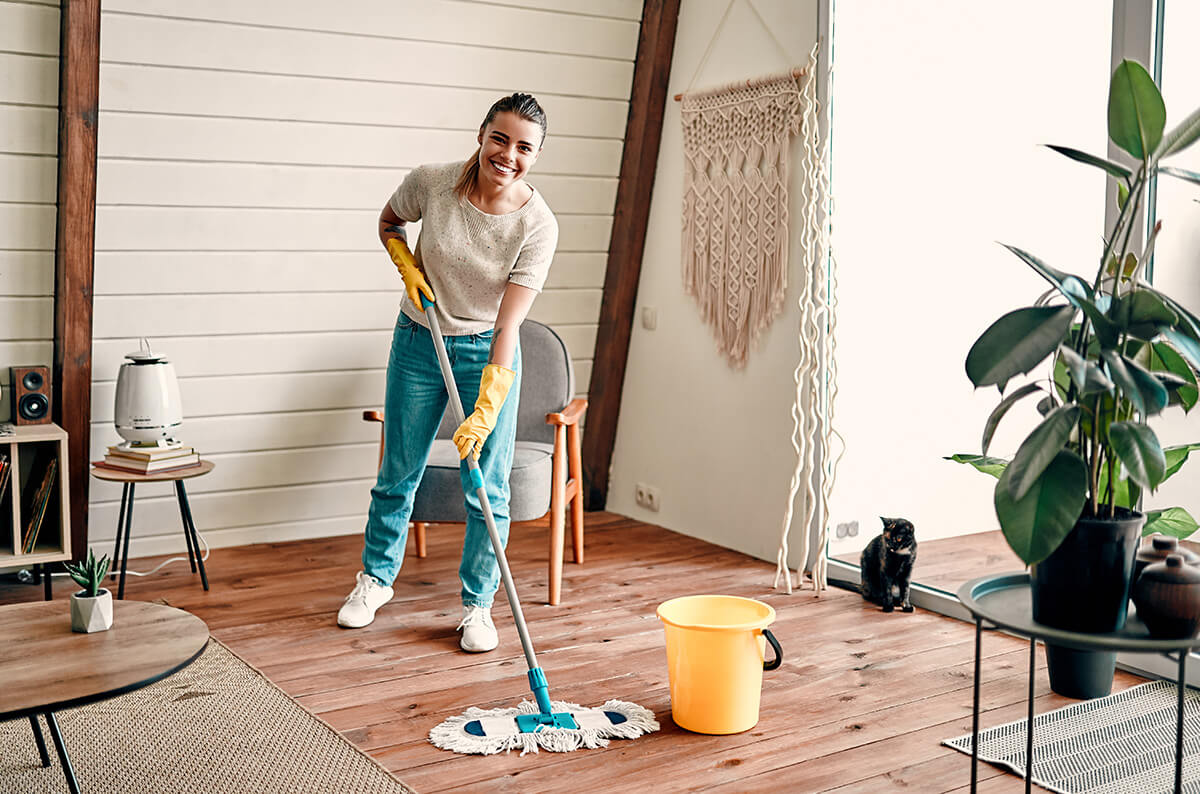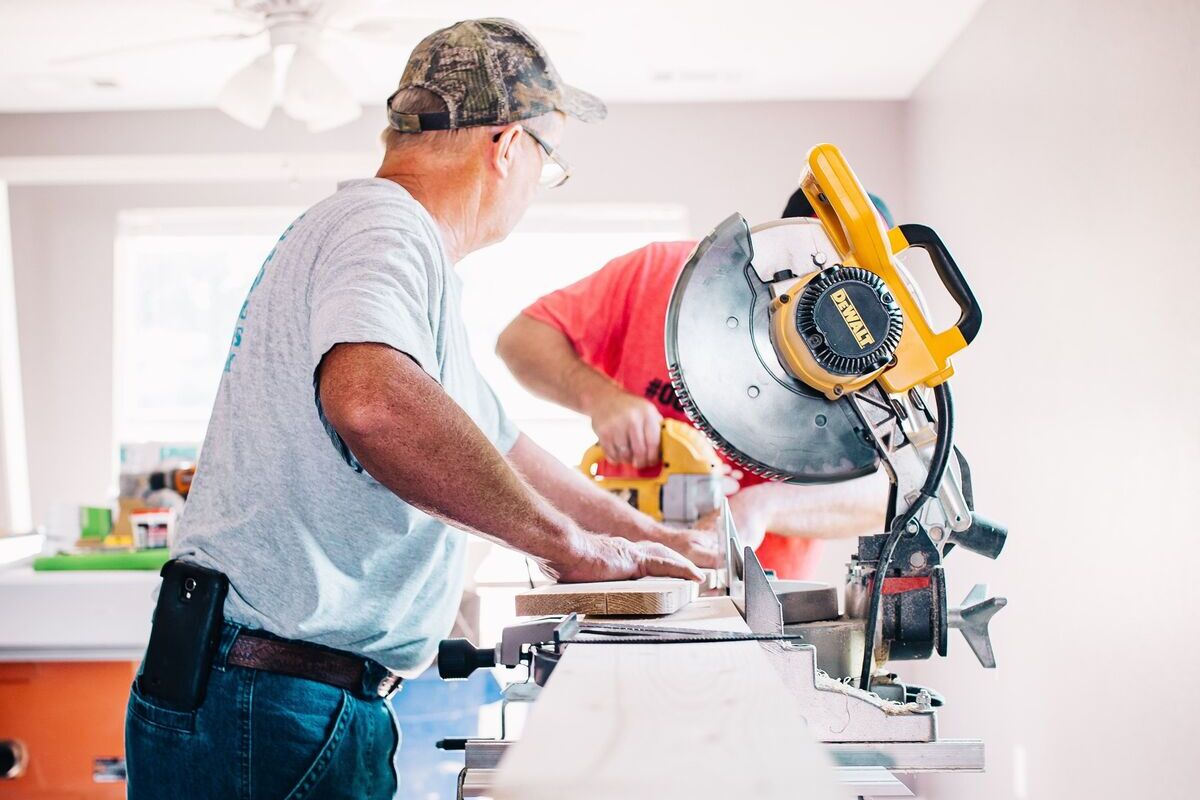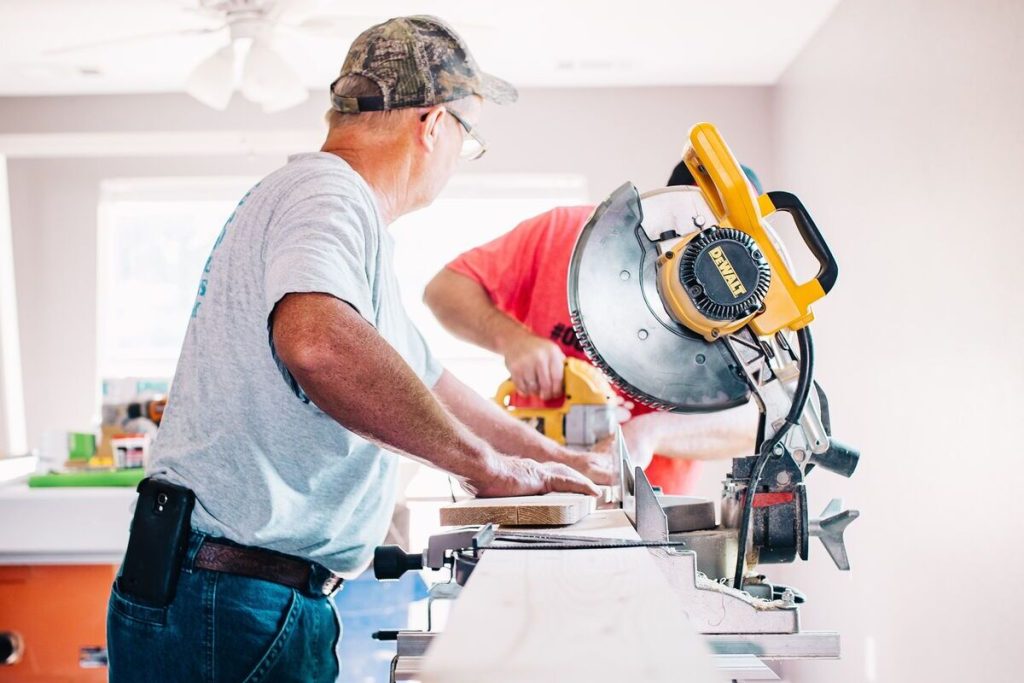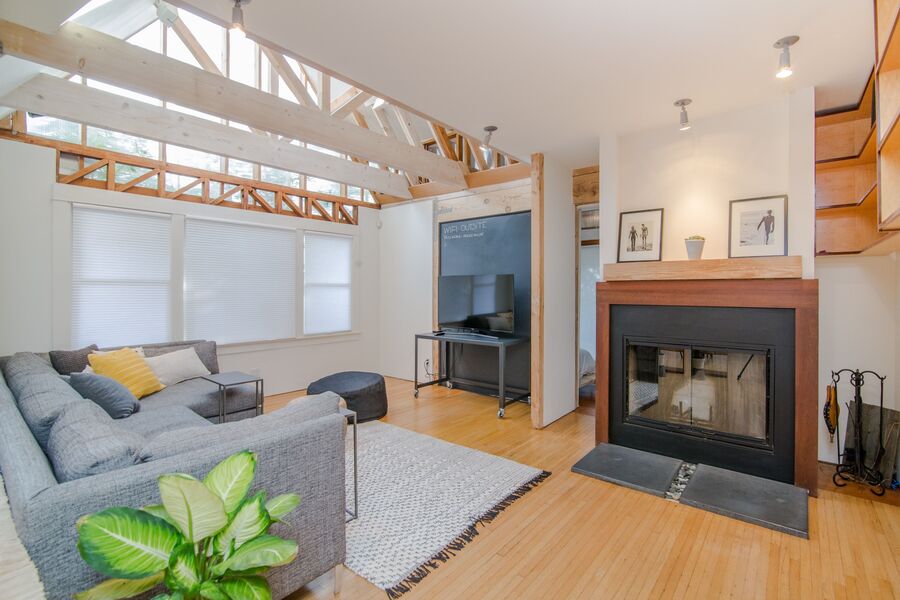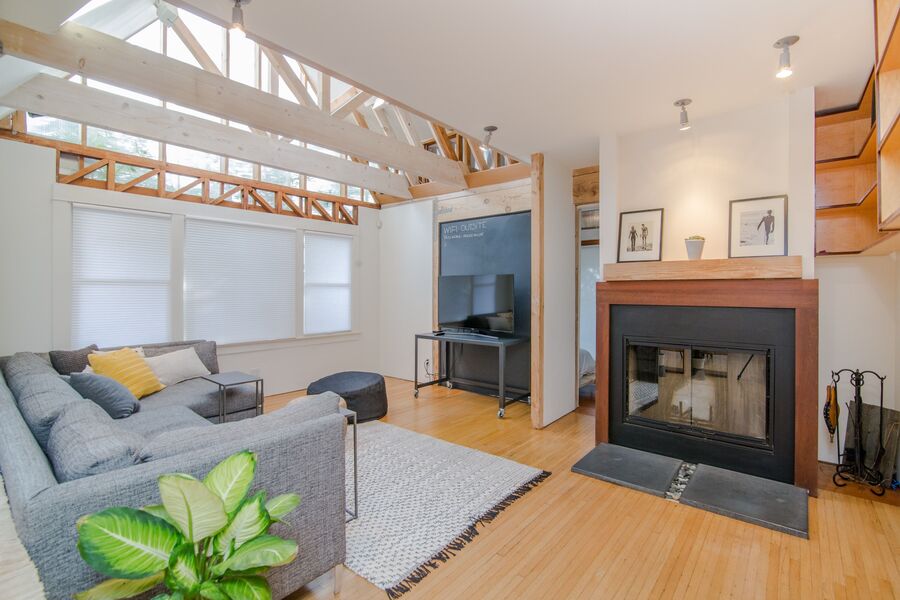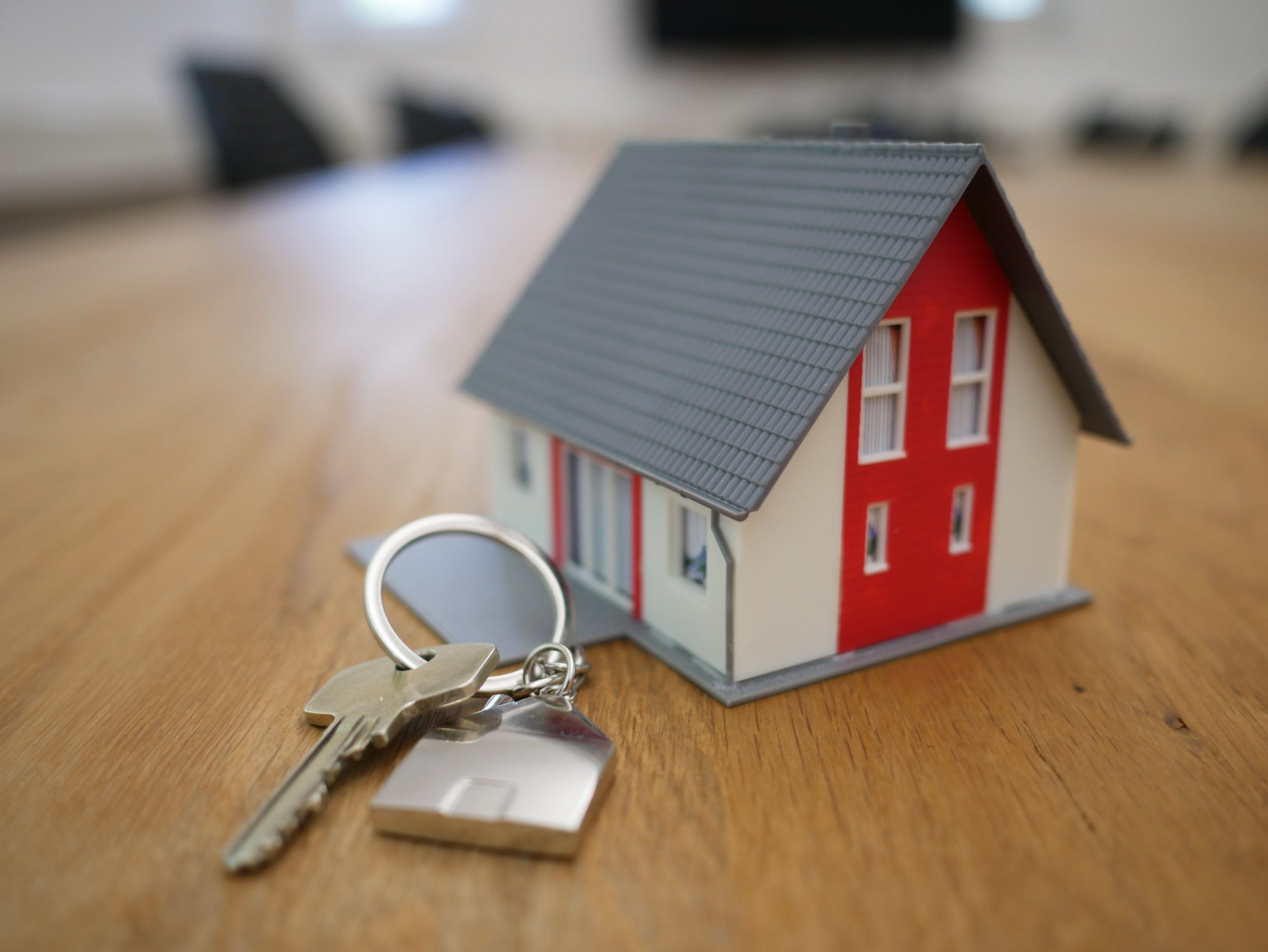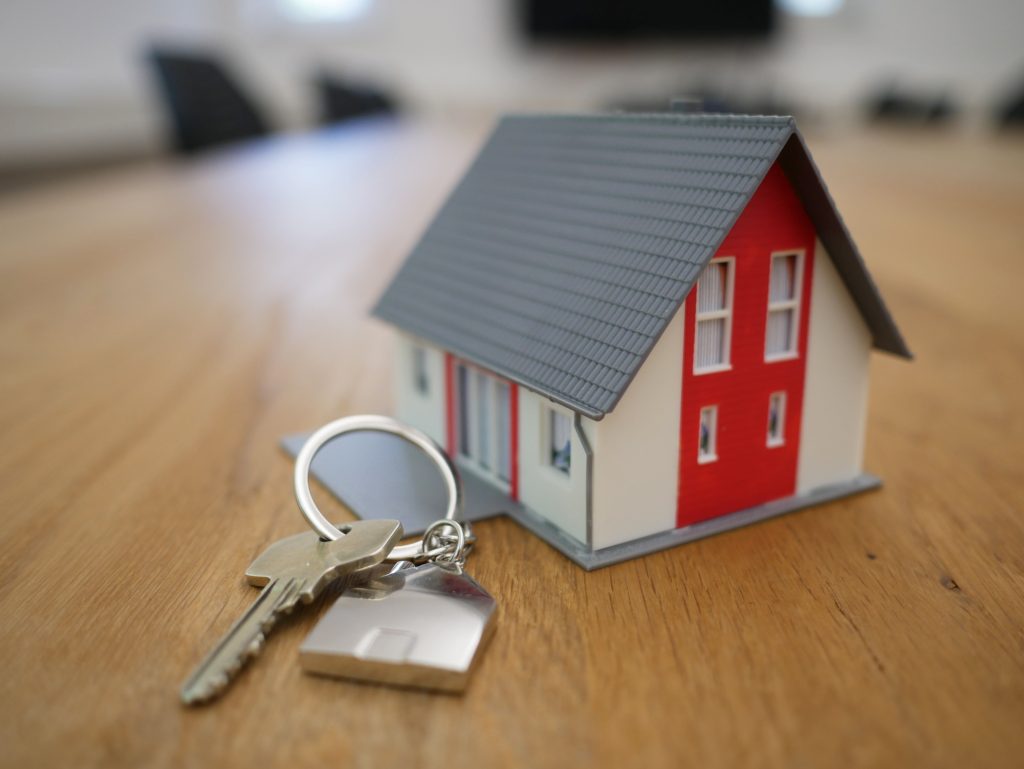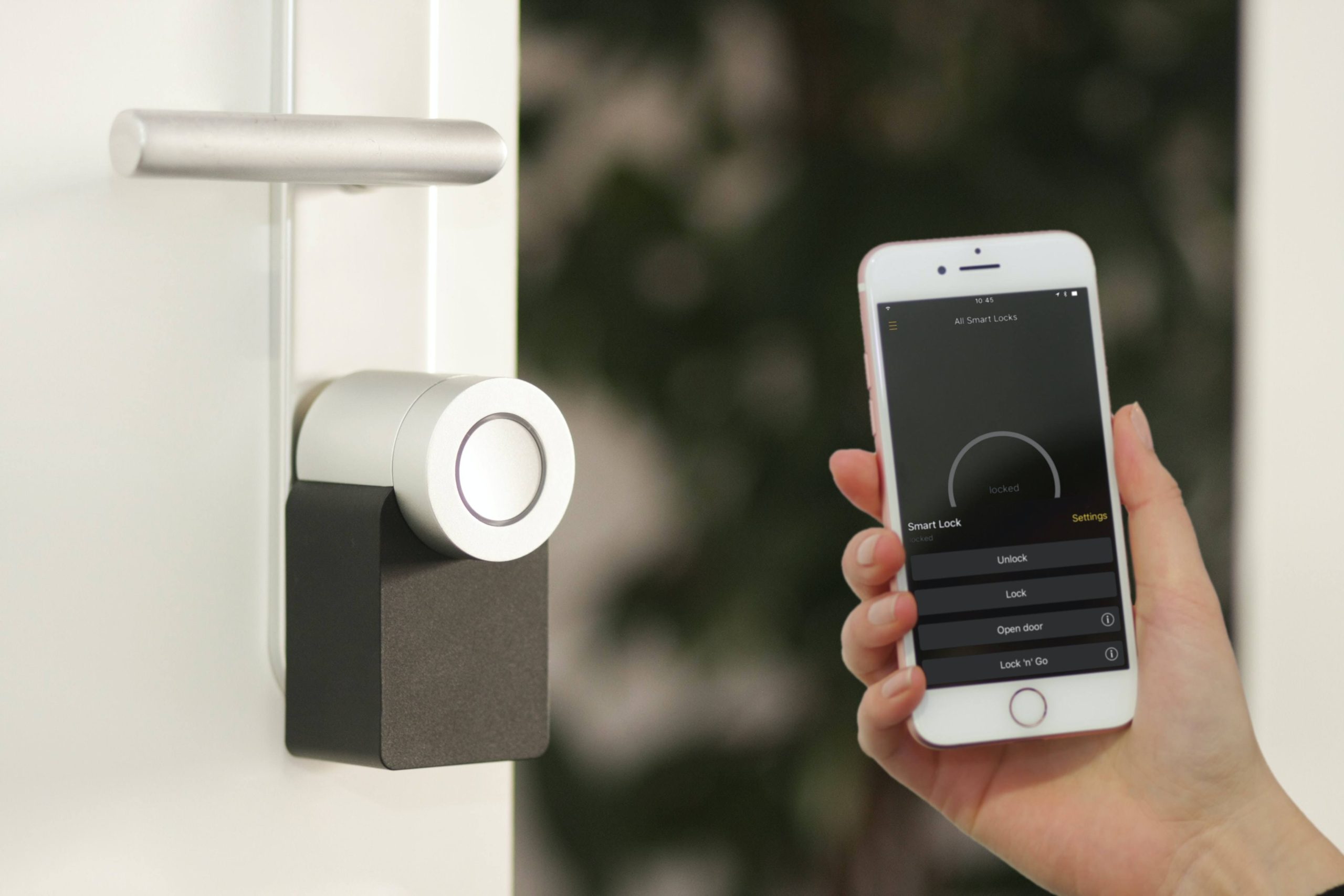
1. Price it right: Set a competitive and realistic price for your home based on thorough market research and the advice of a professional real estate agent.
2. Enhance curb appeal: First impressions matter, so invest time and effort into improving your home’s exterior appearance. Ensure the landscaping is well-maintained, the exterior is clean and inviting, and consider repainting or making minor repairs if necessary.
3. Stage your home: Set the stage for potential buyers by decluttering, depersonalizing, and organizing each room. Consider hiring a professional stager or utilizing DIY staging techniques to showcase the home’s best features.
4. High-quality listing photos: Hire a professional photographer to capture attractive and well-lit images of your home. High-quality listing photos are crucial for online marketing and can significantly increase buyer interest.
5. Effective online marketing: Leverage online platforms, real estate websites, and social media to reach a wide audience. Craft a compelling listing description highlighting the home’s unique selling points and include the professional photographs you’ve taken.
6. Make necessary repairs and improvements: Address any visible issues in your home before listing it. Fix broken appliances, repair leaks, touch up paint, and replace worn-out fixtures. A well-maintained home instills confidence in buyers.
7. Be flexible with showings: Accommodate potential buyers by being flexible with showing times. Allow for convenient viewing appointments to maximize exposure and make it easier for buyers to see your home.
8. Respond promptly: Being responsive and proactive in communication helps build trust with buyers and keeps the selling process on track.
9. Consider pre-inspection: Conducting a pre-inspection can identify potential problems in advance, allowing you to address them or adjust your asking price accordingly. It can help prevent surprises during the buyer’s inspection and speed up the process.
10. Hire a reputable real estate agent: Partner with a knowledgeable and experienced real estate agent who understands your local market.

